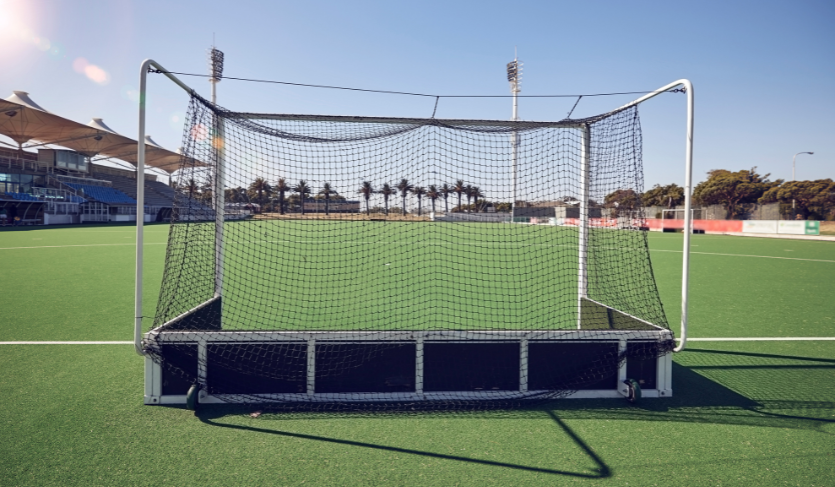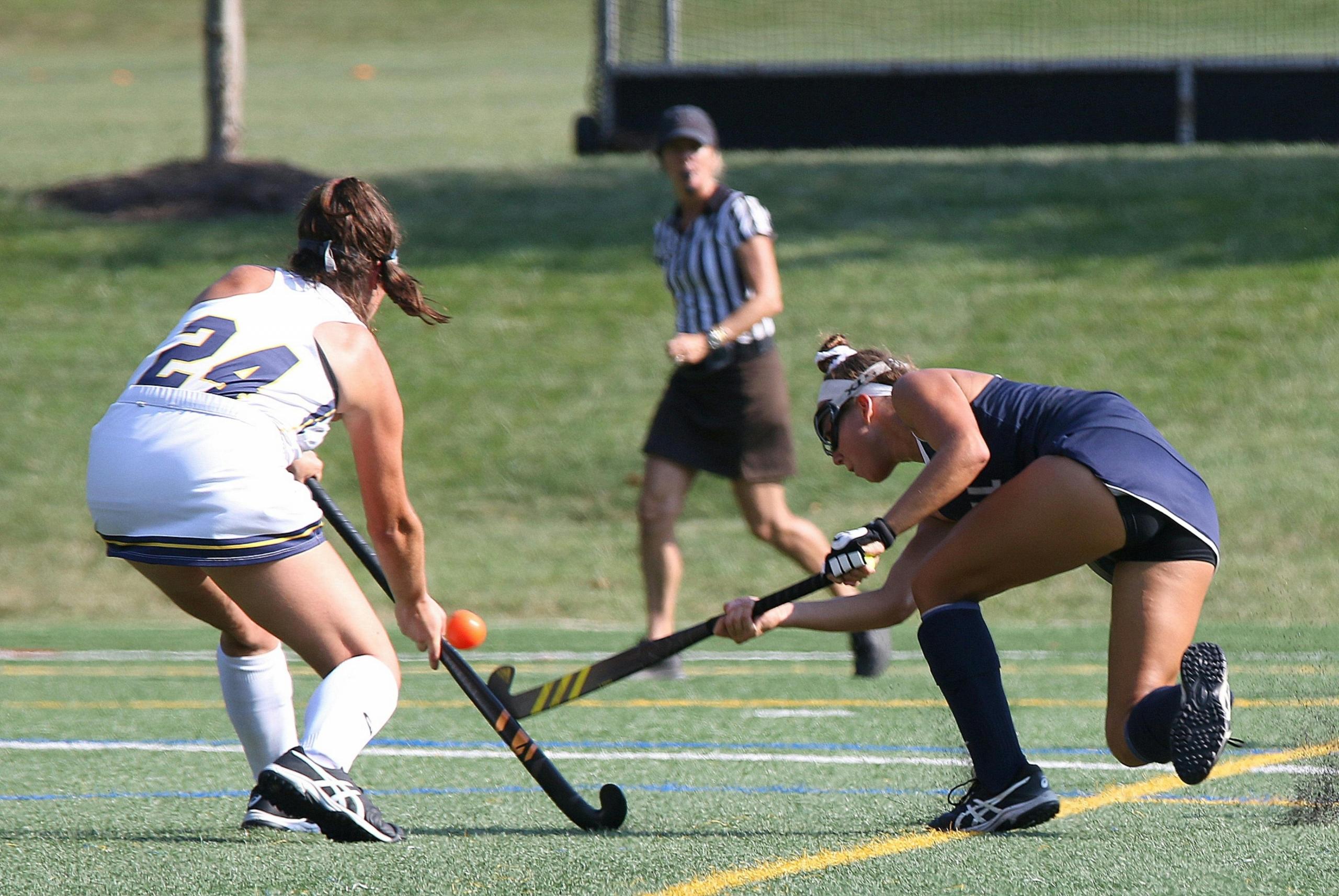Hockey, an Olympic sport renowned for its fast pace and technical skill, enjoys immense popularity all over the world as both a spectator sport and one enjoyed by athletes of every level. In South Africa, the appeal of hockey has been recognised since the early 20th century. For a long time, it has enjoyed the tradition of being widely integrated into school curriculums from primary school level, where it is offered as a winter, team sport.
Perhaps your school does not offer hockey, or perhaps you want to get ahead of the game by grasping the basics before you try out for a school team. Either way, finding the right coach to teach you how to play hockey for beginners can help, and while the basics are not difficult to grasp, mastering the game will take dedication and practice over time. And that is really one of the reasons for hockey’s popularity, it can be enjoyed as a young beginner at school until well into adulthood by playing for leagues.
So, how do you play the game of hockey? And what equipment is needed to play hockey? Keep reading because, in this article, we’ll take you through the steps you need to take for your learning journey and suggest the kind of hockey kit you are going to need to get it all going.

What Equipment is Needed to Play Hockey?
As a beginner to anything, it is never wise to over-invest at the beginning of a new endeavour and this is true when it comes to what equipment is needed to play hockey too. Instead, a basic hockey kit will do while you learn and figure out if the game is indeed one you intend to fall in love with, so to speak.
Having said that, for beginners stepping onto the field, acquiring the right hockey kit is essential for both safety and performance. If you are learning how to play hockey for beginners, here is the kind of entry-level hockey kit you will need:
- Stick: The most fundamental piece of equipment you will need is a hockey stick which comes in various lengths and materials. Opt for a stick that suits their height and playing style.
- Shin Guards: Shin guards protect the shins from impact and injuries and are necessary for players of all levels and positions in hockey. Look for lightweight and durable options for maximum comfort and protection.
- Mouthguard: To safeguard the teeth and jaw from potential impacts, a mouthguard is a must-have accessory for every player.
- Hockey Boots or Takkies: To have traction and support on the field, appropriate footwear for manoeuvrability and stability is vital. Choose hockey boots or takkies with good grip and ankle support to prevent slips and injuries.

What equipment is needed to play hockey as a goalkeeper? Good question!
You guessed it, goalkeepers need specialised equipment to protect them from the unique demands of their position:
- Helmet with Face Cage: Offering protection for the head and face, a helmet with a face cage is essential for goalkeepers to deflect shots and maintain safety.
- Leg Guards: Providing padding and coverage for the legs, leg guards protect against impacts from the ball and opposing players.
- Kickers: Worn over the shoes, kickers provide additional padding and coverage for the feet and ankles. These are crucial for blocking shots and making saves.
- Padded Gloves: Designed to cushion the hands and fingers, padded gloves offer grip and protection for goalkeepers during saves and deflections.
- Chest Protector: Covering the torso, a chest protector absorbs impacts and reduces the risk of injury from fast-moving balls or collisions.
- Pelvic Protector: Protecting the pelvic area from impacts and injuries, a pelvic protector is essential for overall safety and confidence in defending the goal.
In addition, goalkeepers use a stick with a wider head.
Next Up – Know the Rules
Knowing how to play hockey for beginners means understanding the basic rules of the game for both individual and team success.
So then, how do you play the game of hockey and how do you enjoy the advantages of hockey?
Primarily, hockey is a team sport which means that ignorance of its rules can adversely affect not only your performance but also that of your entire team. Instead, familiarising yourself with the distinct markings on the field is crucial to minimising fouls and gaining a competitive edge. The half-circle, or shooting circle, is where most scoring attempts originate, while the semi-circle within it indicates the area for penalty corners. In addition, the quarter-field markings aid in strategic positioning and tactical planning.
When it comes to how do you play the game of hockey? The best way to learn these rules to play is with an experienced coach.

Practical training sessions led by experienced coaches offer the most effective way to gain playing skills and understand rules and penalties.
Penalties are intrinsic to hockey, and understanding them is essential for players, coaches, umpires, and spectators alike. Free hits, corners, and penalty strokes are awarded for various offences, each of them offering opportunities to restart play or score goals.
When it comes to how to play hockey for beginners, it’s also important to factor in learning how umpire decisions work. For instance, familiarity with card warnings, such as green, yellow, and red cards, helps players understand the consequences of their actions and maintain discipline on the field.
Whether you're a novice or an elite player, personalised attention from a private coach can help to enhance your techniques and refine your skills. Working closely with a coach allows players to apply their knowledge directly to game situations, ultimately leading to a safer and more enjoyable experience for all involved.
In answering how do you play the game of hockey and the advantages of hockey, there’s no doubt, that it starts with an understanding of rules and positions.
Find the Position for You

- Sweeper: The sweeper serves as the final barrier in defence, covering gaps and providing support to the goalkeeper. They play a crucial role in stopping opponent attacks and maintaining defensive solidity.
- Halfbacks: Acting as a bridge between defence and offence, halfbacks facilitate ball movement through the midfield. They control the midfield area, intercept passes, and distribute the ball to forwards or fullbacks.
- Midfielders: Positioned in the heart of the field, midfielders are versatile players responsible for both defensive and offensive duties. They dictate play by controlling possession, orchestrating attacks, and breaking down the opponent's defence.
- Forwards: Positioned near the opponent's goal, forwards are tasked with scoring goals and creating scoring opportunities. They rely on speed, agility, and goal-scoring instincts to penetrate the opposing defence and convert chances into goals.
- Right Wing: The right wing provides attacking width and pace on the right side of the field, working in tandem with midfielders and forwards to create scoring opportunities. Speed, dribbling ability, and crossing accuracy are vital for effective play on the right wing.
- Left Wing: Similar to the right wing, the left wing provides attacking support on the left side of the field, challenging the opponent's defence and delivering crosses or passes to forwards. Speed, agility, and strong stick skills are crucial attributes for left-wingers.
- Centre Forward: The primary goal-scoring threat, the centre forward operates in the central area of the field, leading the attack and positioning themselves to receive passes from midfielders or wingers. Strong shooting ability, aerial prowess, and vision are key attributes for centre forwards.
- Centre Half: Providing stability and control in the centre of the field, the centre half links defence with the midfield, distributing the ball, breaking up opposition plays, and organising the team's formation. Excellent positional awareness, passing accuracy, and tackling ability are essential for centre-halves.
- Right Half (RH) and Left Half (LH): Responsible for providing support and balance in midfield, right and left halves work alongside the centre half and midfielders to control possession, disrupt opponent attacks, and provide passing options. Good defensive skills and passing ability are critical in these positions.
Understanding the unique responsibilities and characteristics of each hockey position is essential for players to excel in their roles and contribute to team success on the field. Quality lessons that emphasise the cohesive workings of hockey positions will help you to learn how to break down your opponents' defences and leverage their strengths effectively.
Find a Private Hockey Coach
After all this, when it comes to how to play hockey for beginners, finding the right hockey coach is key to your success. In using Superprof, you will find tons of private coaches who can fast-track your progress by offering tailoring guidance that will develop your skills and boost your confidence!
















